
AeroGenie — Seu copiloto inteligente.
Tendências
Categories
NASA Tests 5G Network to Enhance Air Taxi Connectivity
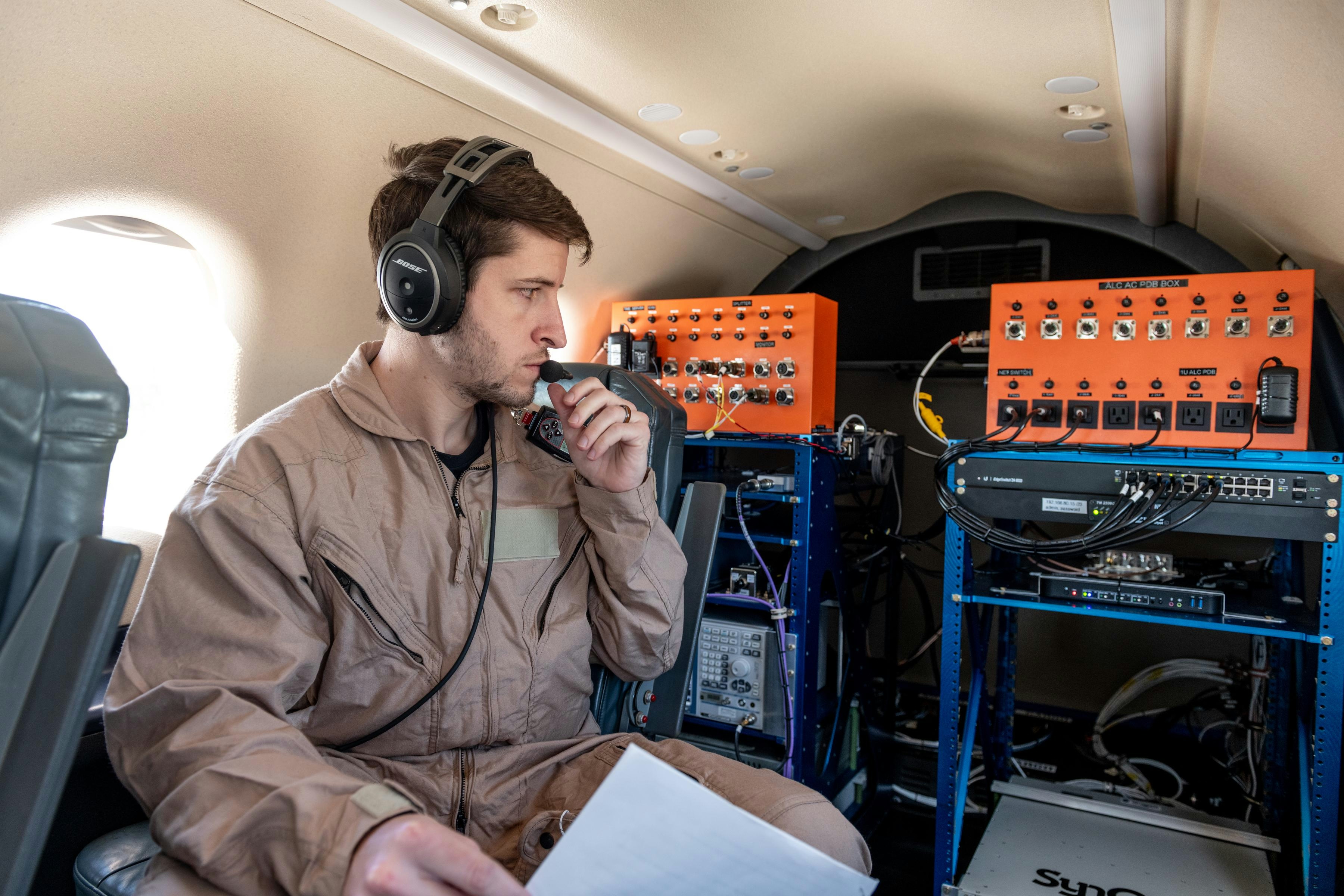
NASA Tests 5G Network to Enhance Air Taxi Connectivity
Exploring 5G for Urban Air Mobility
NASA engineers are actively investigating the potential of existing cellular network technology to support the emerging field of urban air mobility, particularly air taxis. In a series of tests conducted during April and May at NASA’s Glenn Research Center in Cleveland, researchers developed and evaluated two specialized radio systems to assess how fifth-generation (5G) cellular networks might fulfill the stringent communication requirements of air taxi operations.
Casey Bakula, the project’s lead researcher at Glenn, emphasized that the primary objective is to explore how wireless cellphone networks could be leveraged by the aviation industry to open new frontiers in aviation operations. The insights gained from this research are expected to influence the development of future aviation communication networks, providing guidance to satellite navigation providers, telecommunications companies, and regulatory bodies such as the Federal Aviation Administration (FAA) as they plan for advanced air mobility in urban environments.
Methodology and Technical Approach
Rather than creating entirely new communication standards, NASA’s approach focuses on determining whether the aviation sector can build upon the existing expertise and infrastructure of the cellular industry. If 5G networks prove capable of meeting most air taxi communication needs, efforts can then concentrate on adapting the remaining aspects to ensure the necessary levels of reliability, security, and scalability for aviation applications.
During the experimental phase, NASA installed one radio system aboard a Pilatus PC-12 aircraft and positioned another on the roof of Glenn’s Aerospace Communications Facility. Operating under an experimental FAA license, the team conducted flight tests using a radio frequency band allocated by the Federal Communications Commission (FCC) specifically for safe drone and uncrewed aircraft testing. The PC-12 executed various flight patterns near the research center, enabling researchers to analyze how signal strength varied with distance, the impact of urban structures on signal obstruction, and how the aircraft’s position influenced connection quality.
Advantages and Challenges of 5G Integration
5G networks offer considerable benefits for air taxi operations, notably their capacity to manage large volumes of data and provide low-latency communication. These features are critical for the real-time sharing of location data among aircraft navigating crowded urban airspace. The deployment of ground-based antennas and urban network infrastructure could help maintain continuous connectivity, thereby enhancing both safety and operational efficiency.
Nonetheless, several challenges remain before 5G can be fully integrated into air taxi systems. Ensuring consistent network reliability and coverage in dense urban environments is paramount, as signal interference and dead zones could present significant safety risks. Regulatory hurdles also persist, particularly regarding the integration of 5G-enabled air taxis into existing air traffic management frameworks. Furthermore, the new technology must be seamlessly incorporated into current aviation infrastructure to guarantee safe and efficient operations.
Industry Implications and Future Prospects
The market has already begun responding to these technological advancements, with growing interest from companies investing in air taxi services. This momentum may prompt competitors to accelerate their own 5G-enabled air taxi initiatives or pursue strategic partnerships with telecommunications providers to enhance connectivity and secure a competitive advantage.
These initial tests have enabled NASA to successfully integrate its new C-Band radio testbed onto the aircraft and validate its performance. This milestone represents a significant step toward understanding how 5G technology could revolutionize the future of urban air mobility.

PCC Approves Acquisition of Global Aircraft Leasing Firm

Kuehne+Nagel and SWISS Strengthen Sustainable Aviation Partnership

MD Aircraft Receives 20 Pre-Orders for eViator from UrbanLink

Emirates and GAMECO Expand Heavy Maintenance Partnership
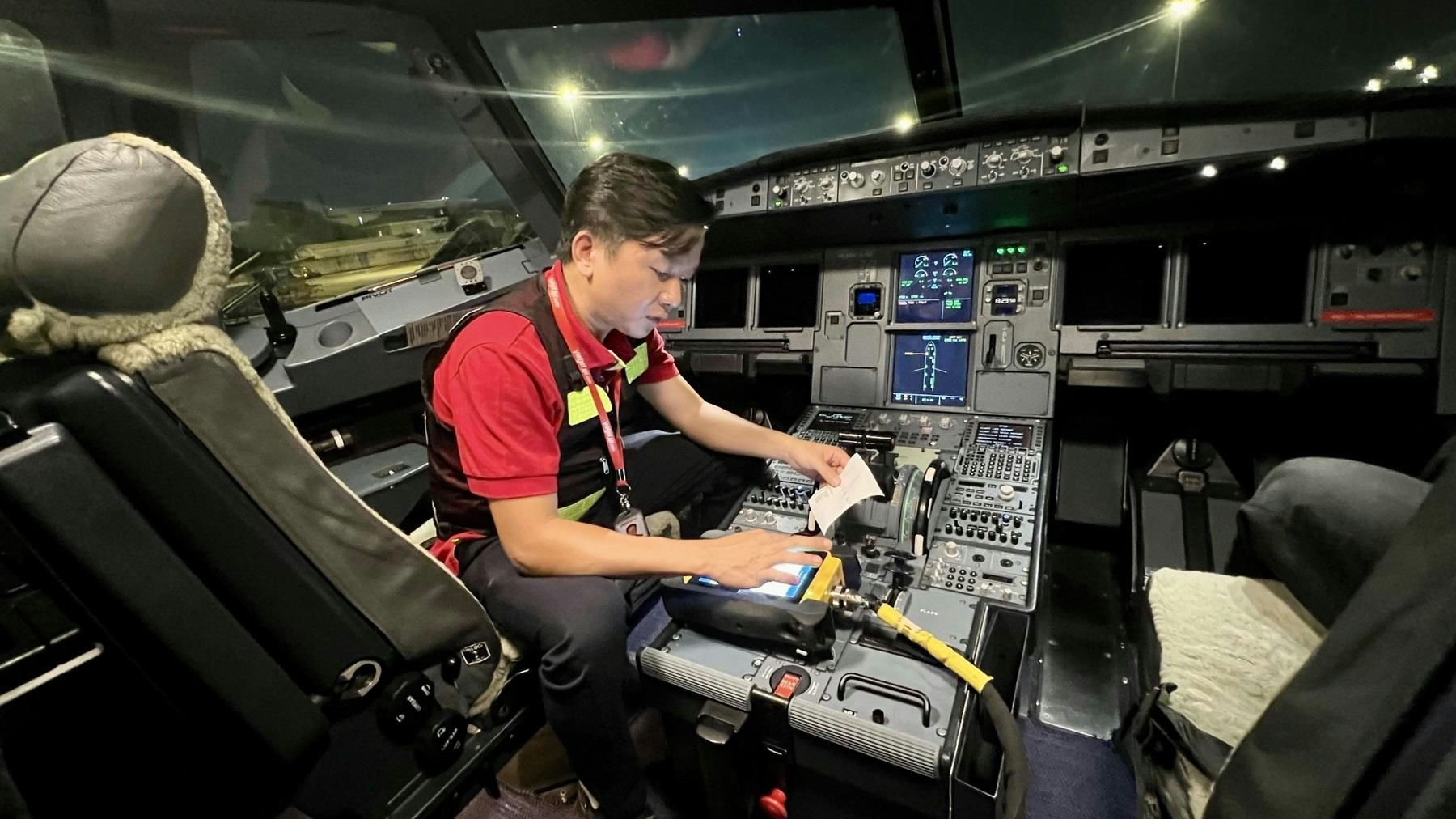
Inside Vietjet’s 32-Hour Emergency Response to Keep Airbus Fleet Operational
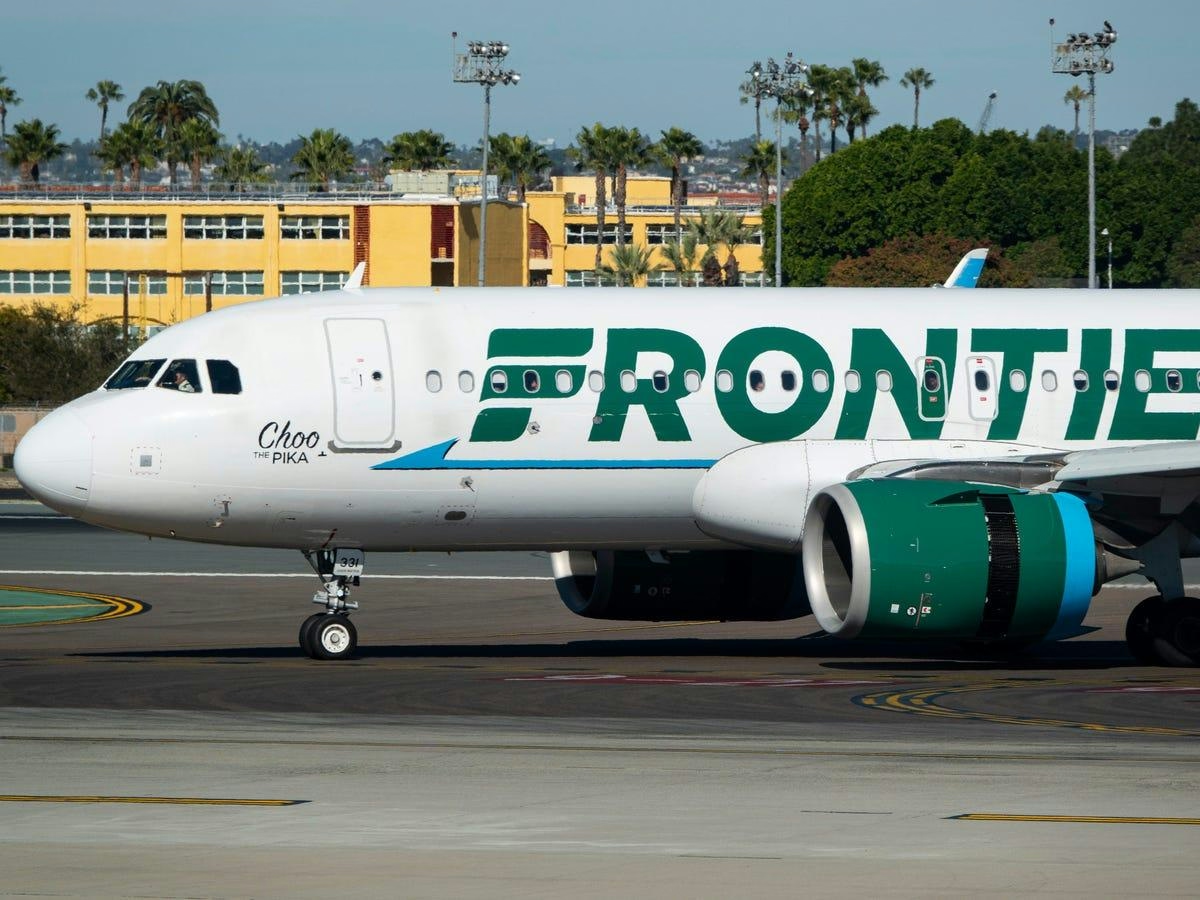
Frontier Airlines Airbus A321neo Returns to Cleveland After Engine Fire
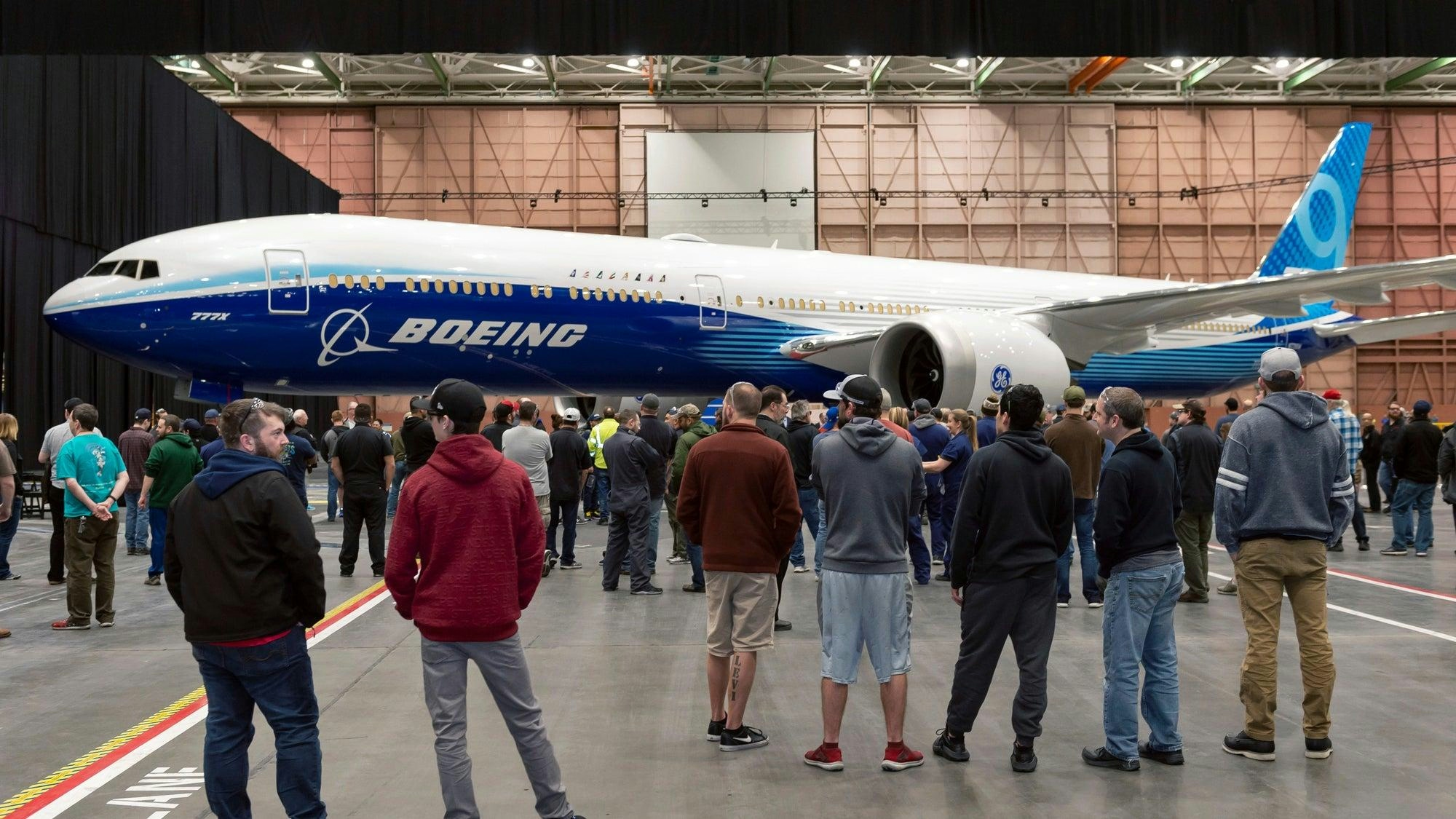
Why the Boeing 777X Is Limited to a Single Engine Type
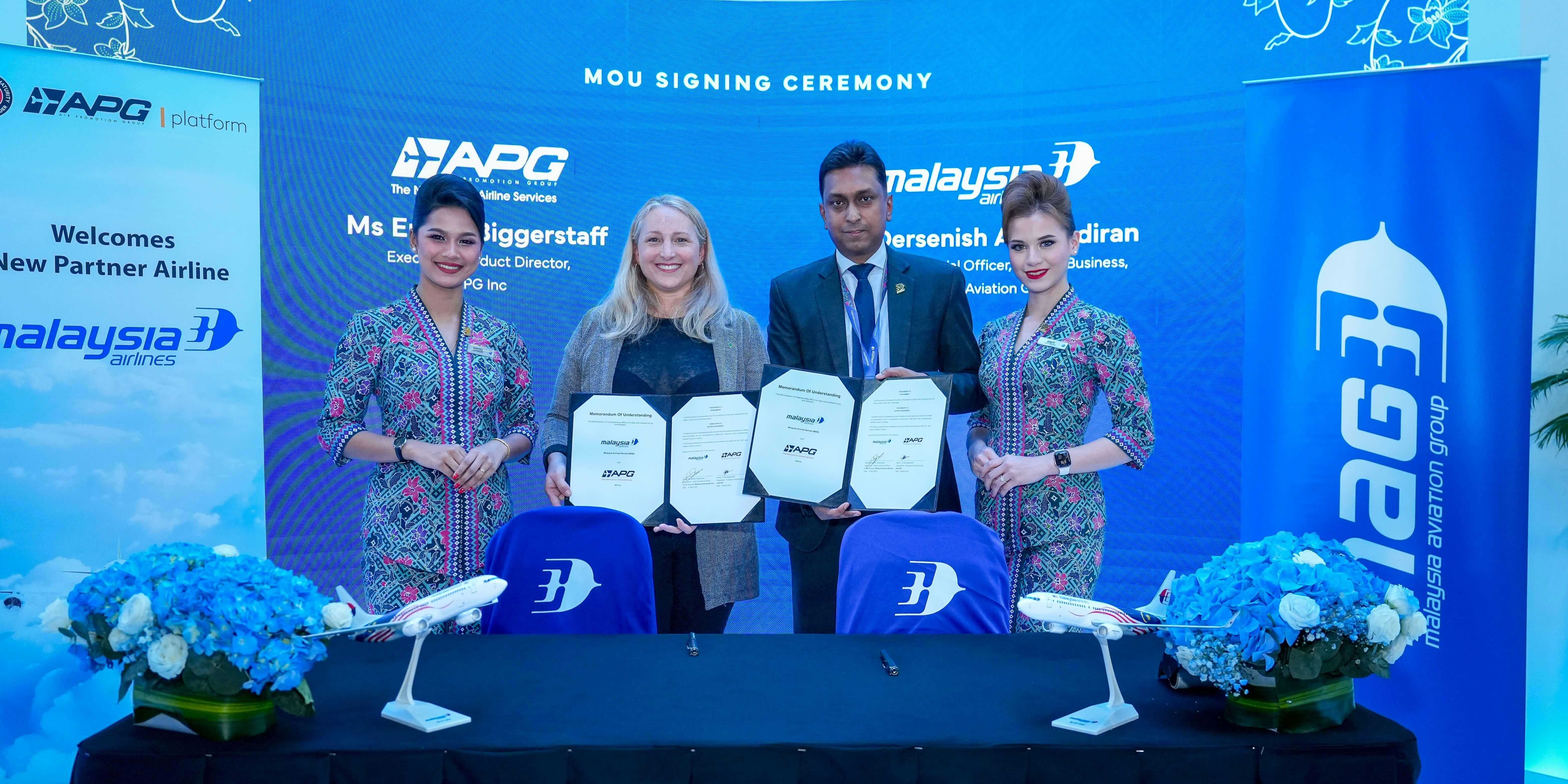
Malaysia Aviation Group Announces Long-Term Business Plan

TrueNoord Expands Executive Team
